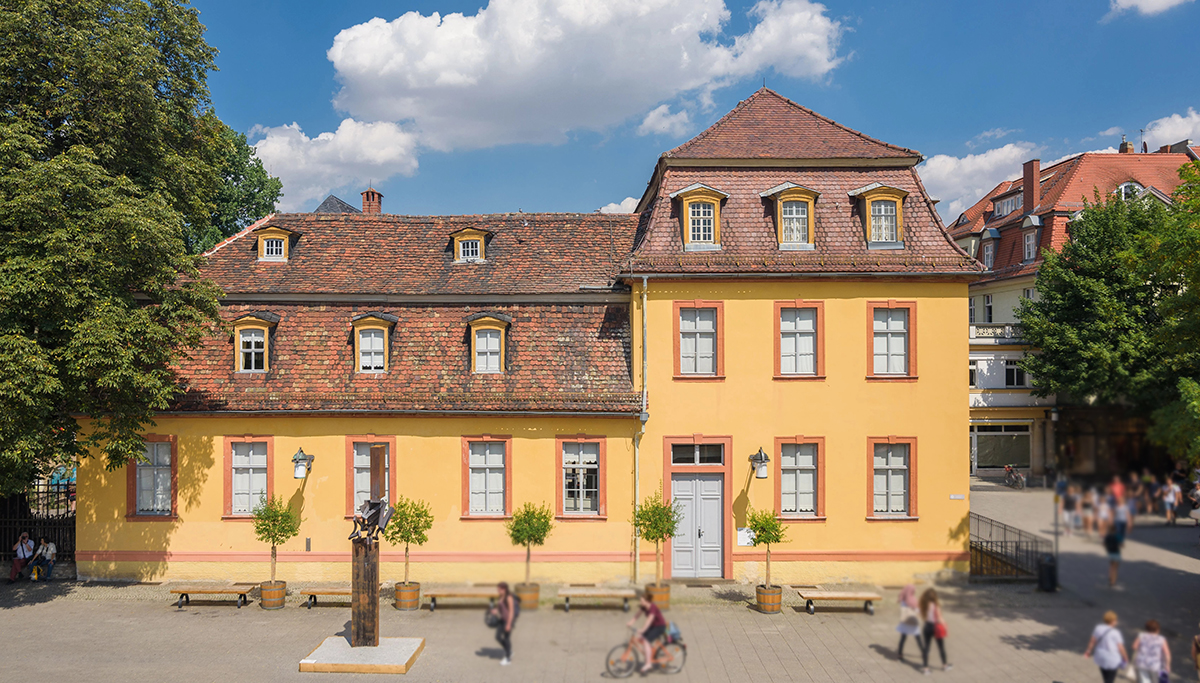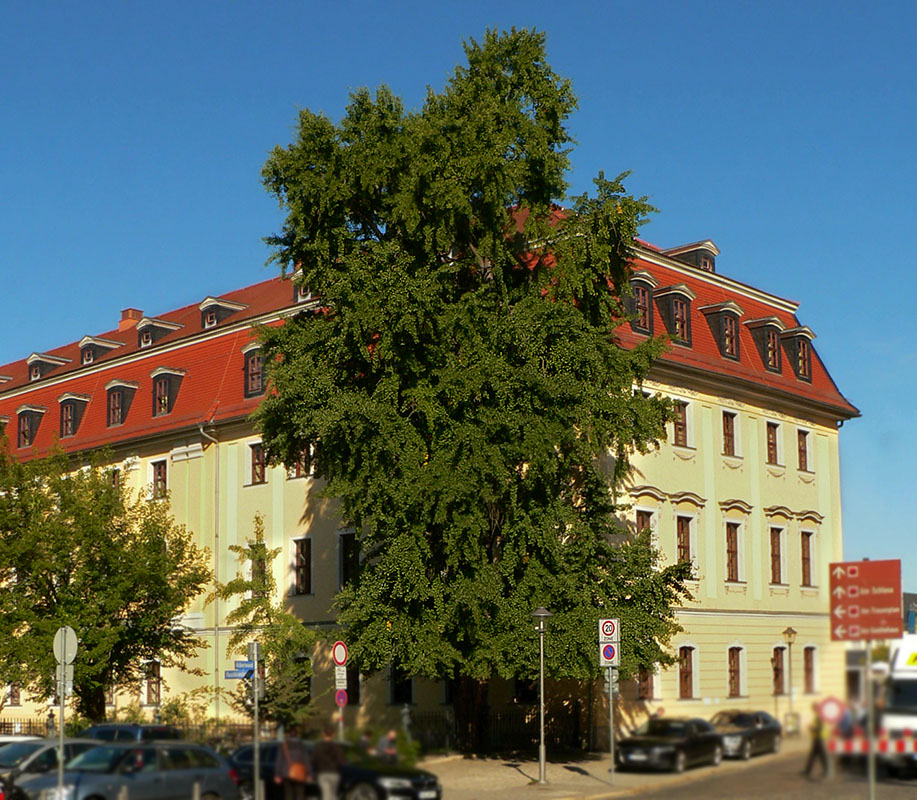Ginkgobaum Weimar
Audio Guide Ginkgobaum
The Ginkgobaum in Weimar is a ginkgo tree that has a special significance for the city.
This tree was planted around 1820 at Goethe's suggestion in the garden of the Fürstenhaus. Goethe was very interested in the ginkgo tree, especially in the shape of its leaves. He planted this tree with the help of the royal gardener Skell, with whom he exchanged botanical information. Goethe also used the ginkgo leaf as a symbol in his poems. In 1815, he gave Marianne von Willemer, the wife of a banker in Frankfurt, a ginkgo leaf as a token of friendship. He explained that, like its deeply split but still whole leaf, it was 'single but double'. This poem was published in his work The West-Eastern Divan, first published in 1819. Thus, Goethe planted the ginkgo tree not only because of his interest in the plant, but also because it had symbolic significance for him.
Ginkgo leaves are often seen in Weimar, and they have become a symbol of the city. This is due to the fact that Goethe wrote a poem about the ginkgo.
Weimar has a Ginkgo Museum, which is located right in the Weimar market square, next to the town hall. The museum offers visitors to learn more about this unique tree and its history. The museum displays various exhibits related to the ginkgo, including fossilised ginkgo leaves, wood and seeds from all geological eras. The museum also offers various souvenirs, cosmetics and tea blends related to ginkgo.
Thus, the Ginkgobaum in Weimar is not just a tree, but a symbol of the city and its cultural heritage.
Other sights
-
Albert Schweitzer Denkmal

-
Altenburg (Franz Liszt)

-
Atrium & ehemaliges Gauforum
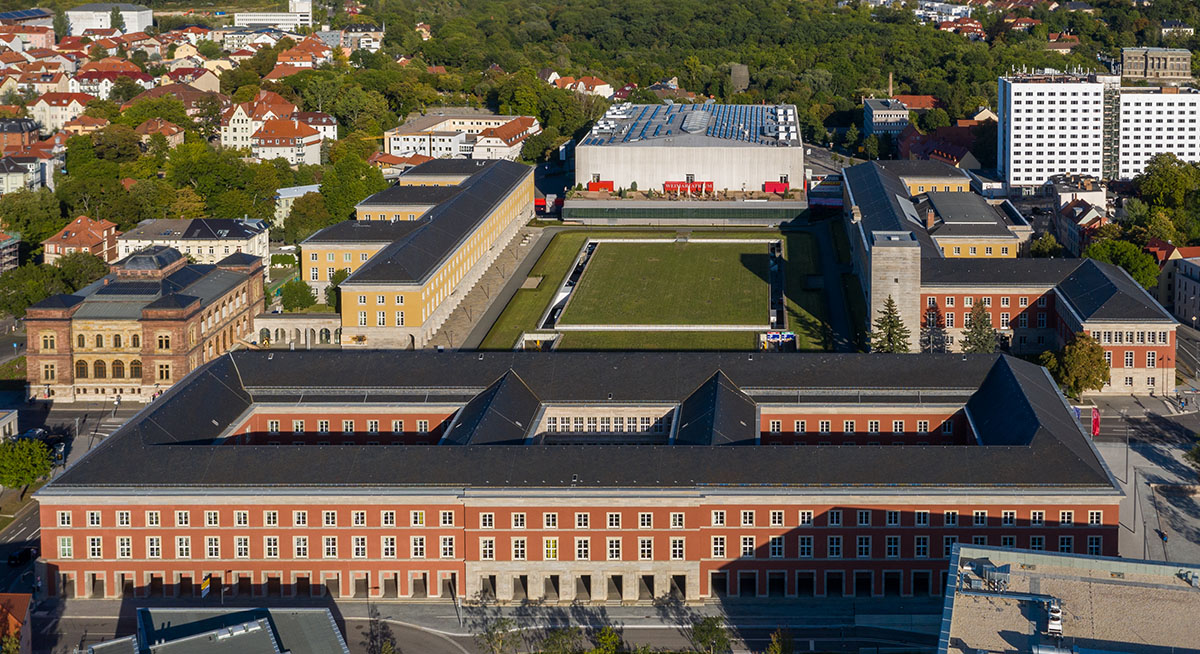
-
Bauhaus Universität (Henry van de Velde)
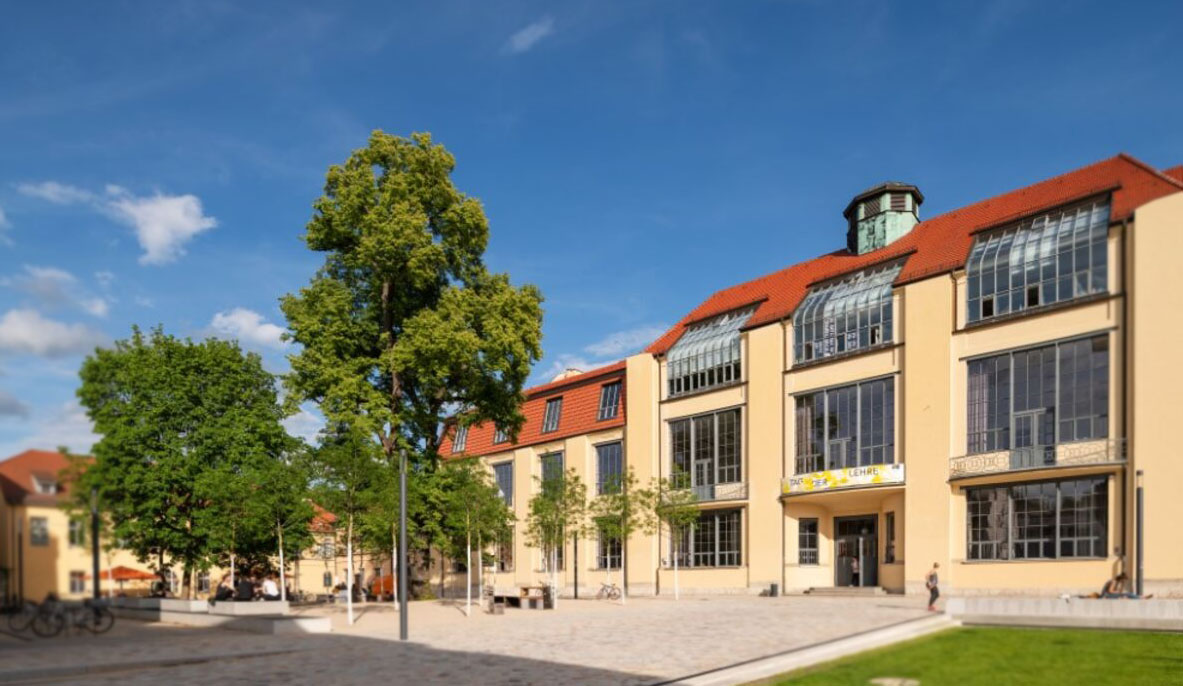
-
Bauhaus: Haus am Horn
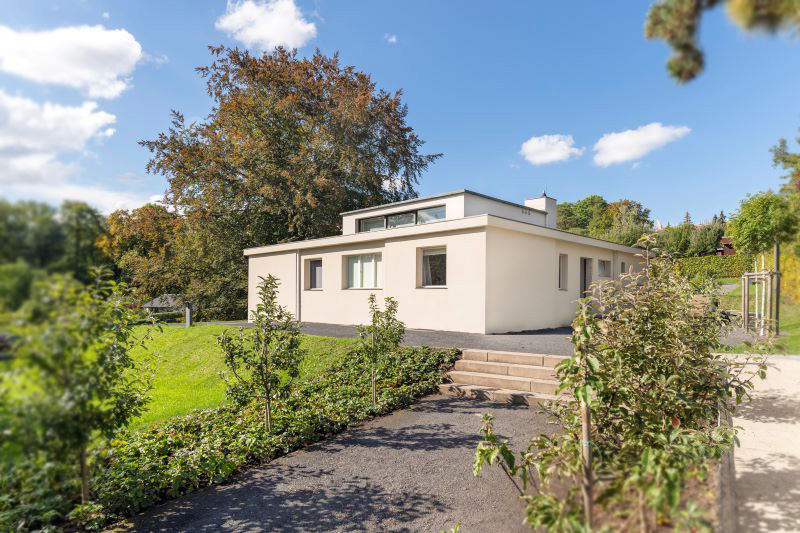
-
Carl Heinrich Ferdinand Streichhan-Kaserne
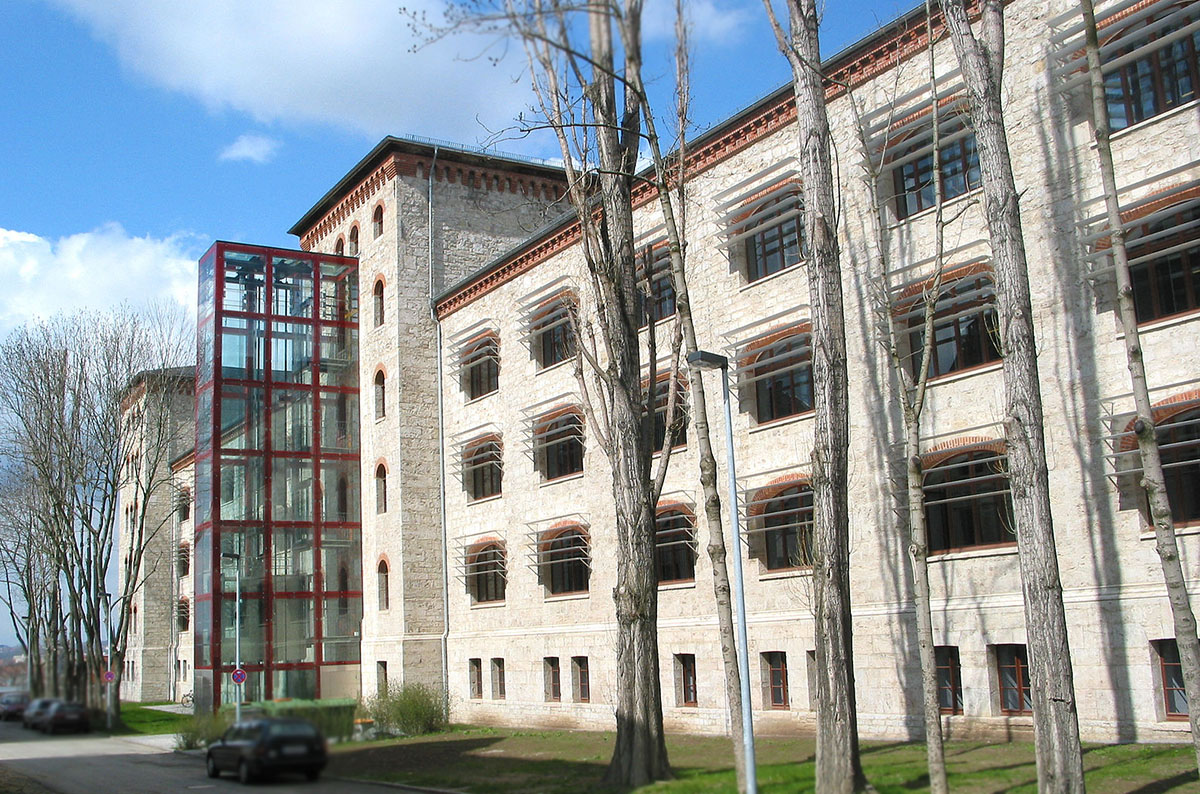
-
Cranachhaus
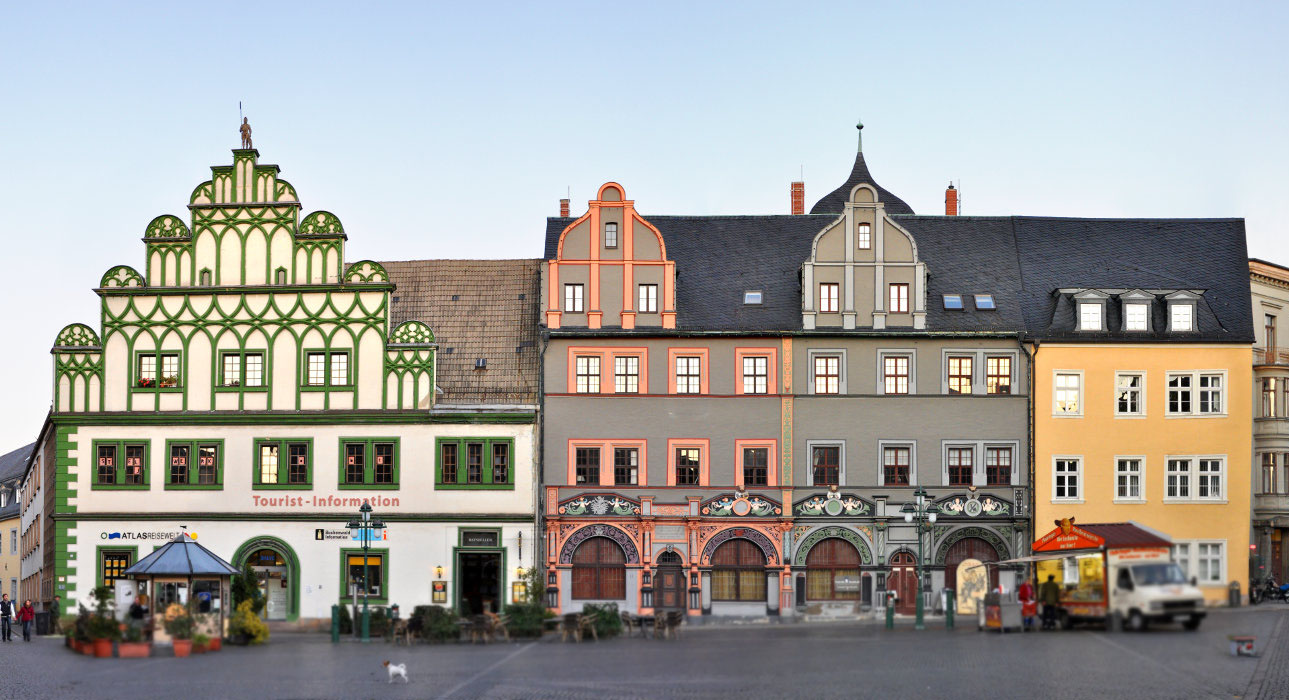
-
Denkmal Nepomuk Hummel

-
Denkmal Nepomuk Hummel und katholische Kirche
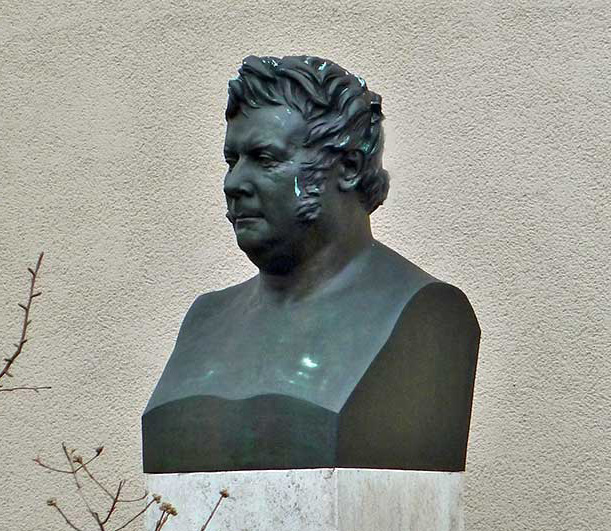
-
Deutsches Nationaltheater Goethe & Schiller Denkmal

-
Goethe- & Schillerarchiv
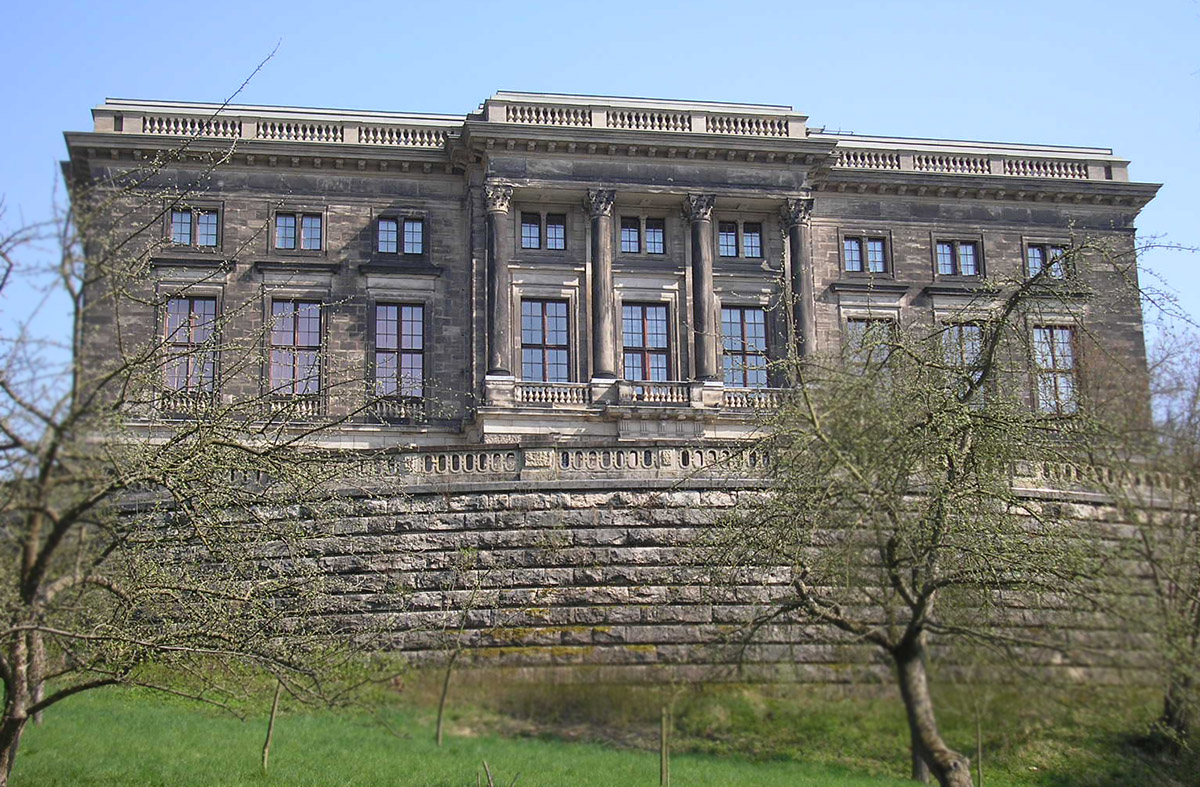
-
Goetheplatz mit Kasseturm & Stadtmauer

-
Goethes Wohnhaus
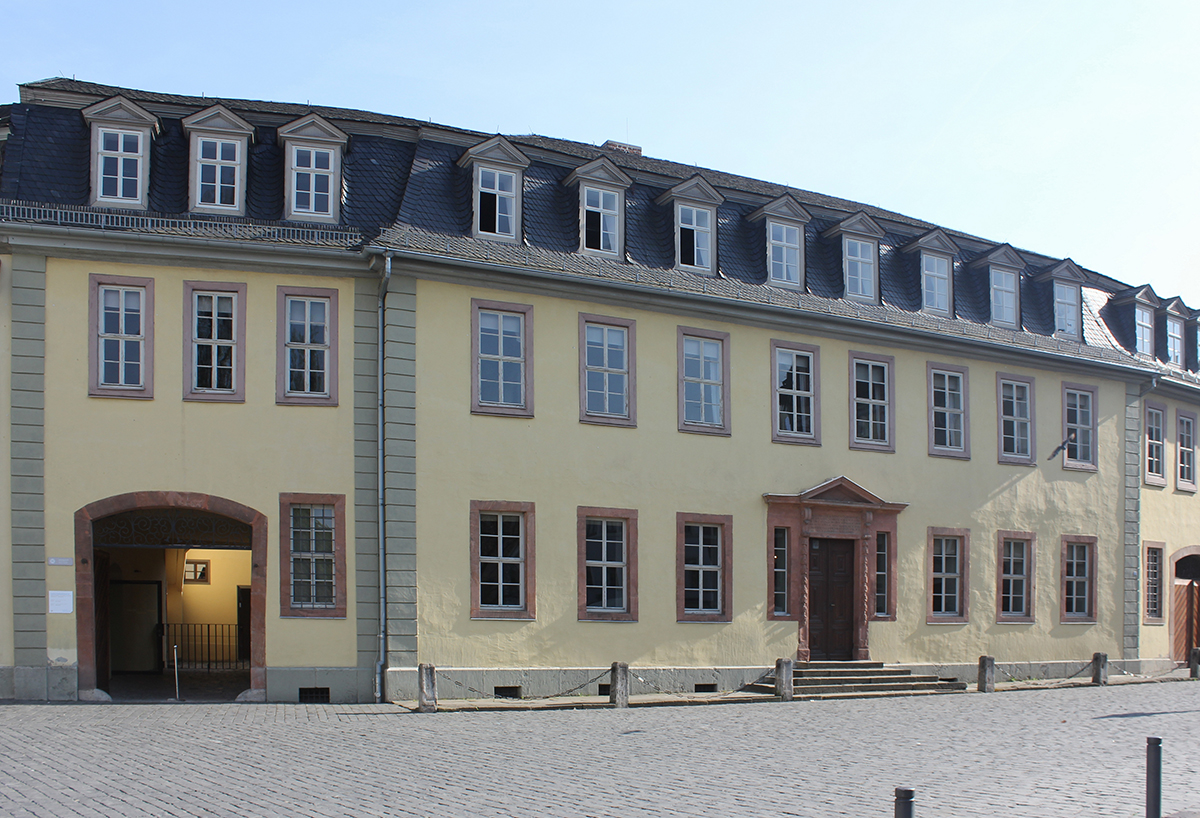
-
Haus am Horn
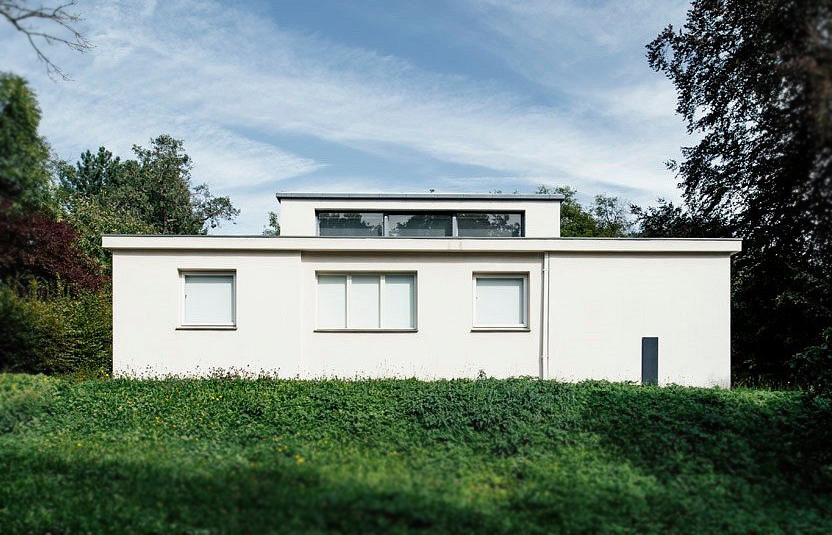
-
Haus der Charlotte von Stein
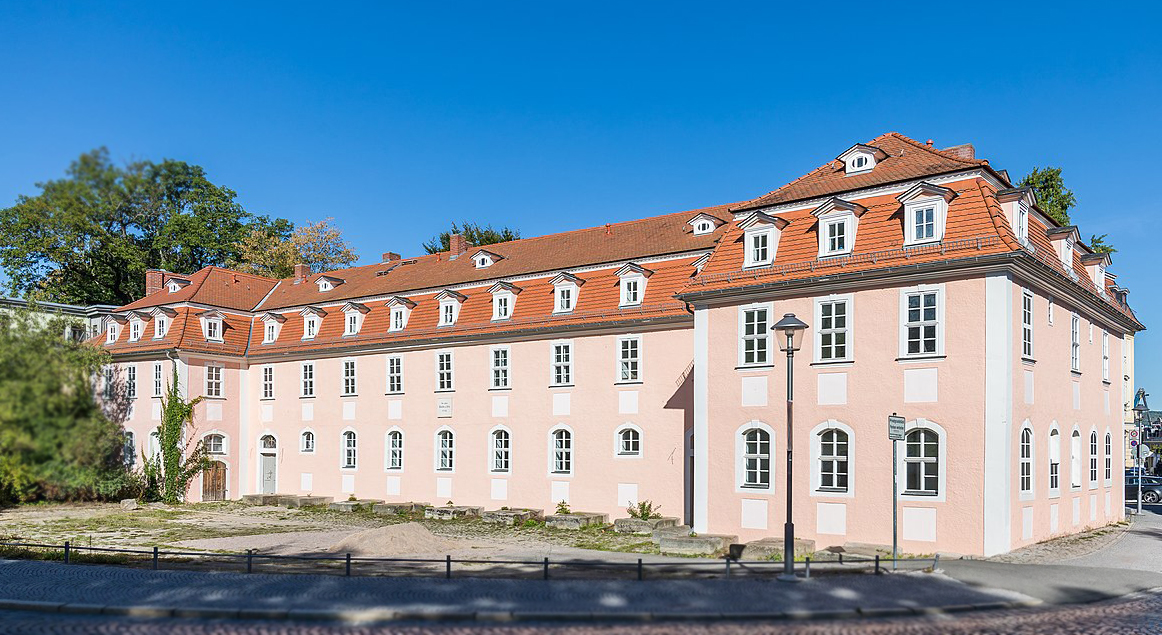
-
Herderplatz & Kirche St. Peter und Paul
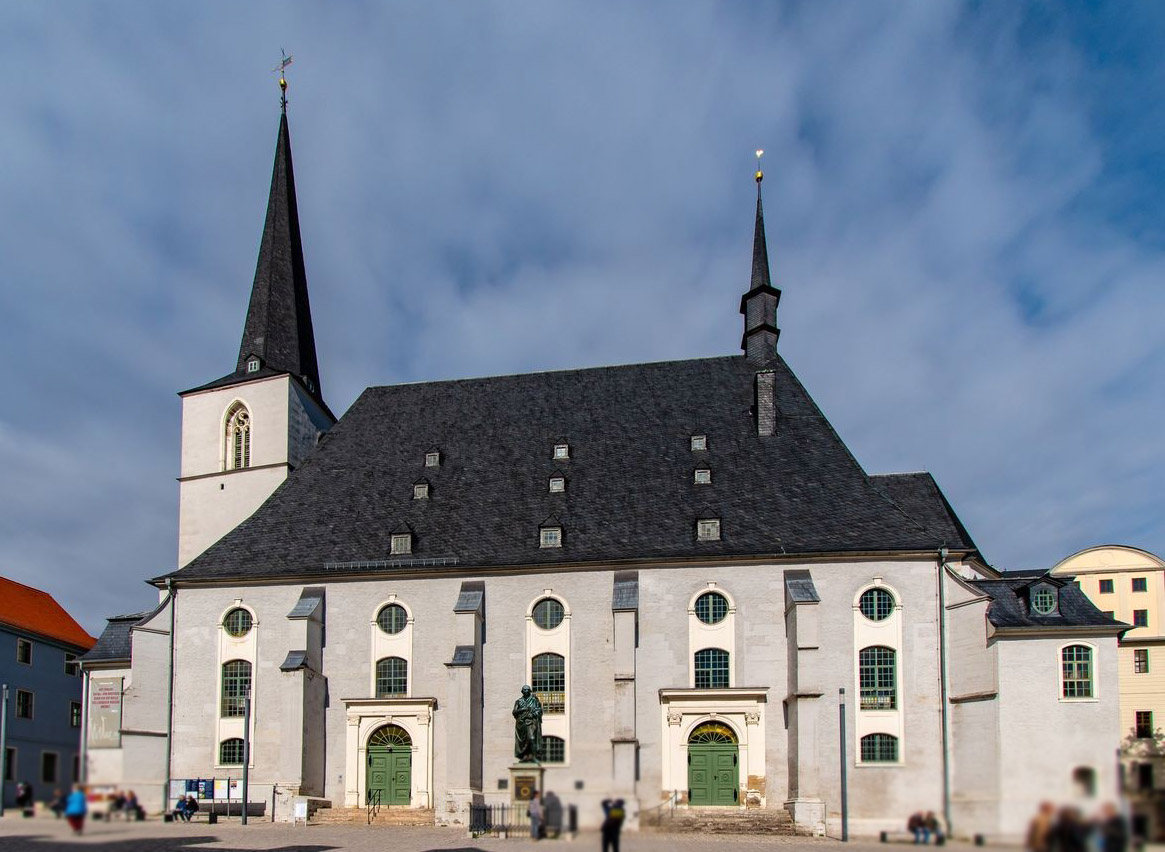
-
Herzogin Anna-Amalia-Bibliothek
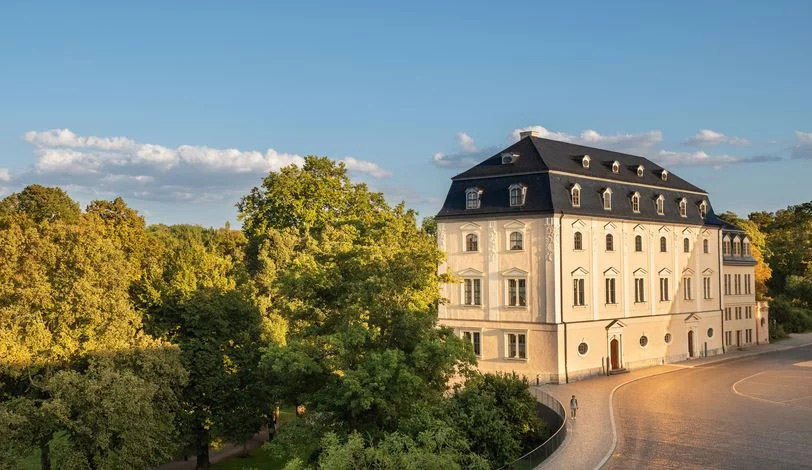
-
Historischer Friedhof
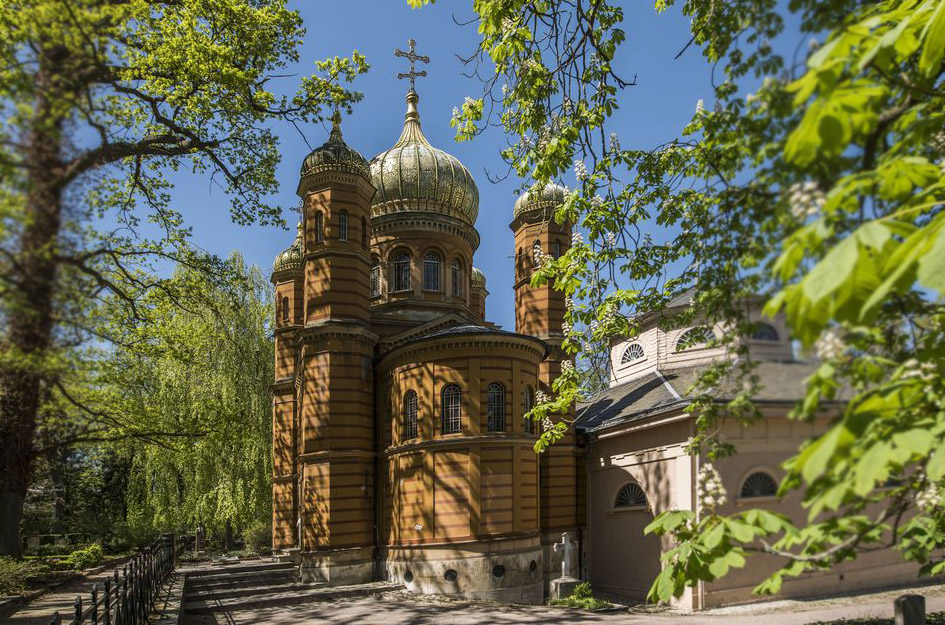
-
Hochschule für Musik Franz Liszt (Fürstenhaus)
-
J. G. Herder, Kirche St. Peter und Paul

-
J. S. Bach in Weimar & Bachtafel
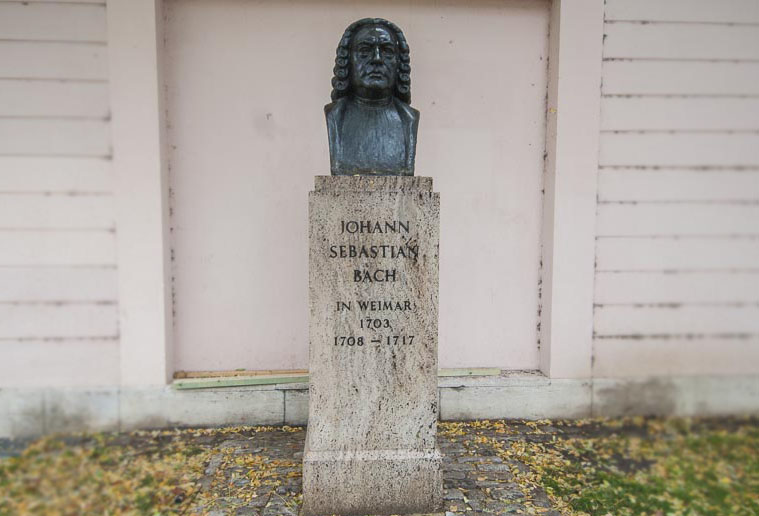
-
Katholische Kirche

-
Landesmuseum
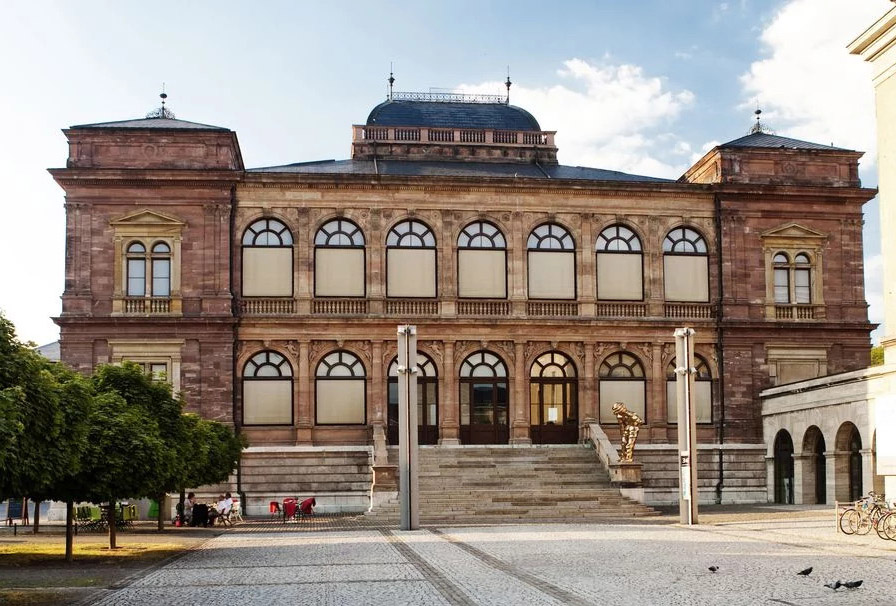
-
Liszthaus & Liszt in Weimar
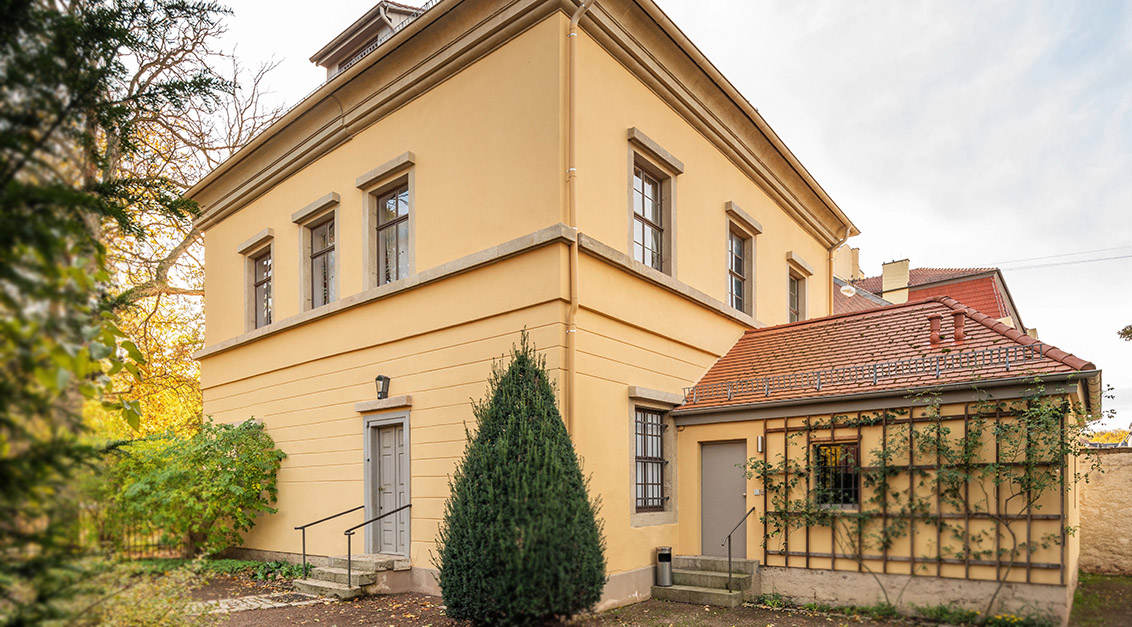
-
Markt
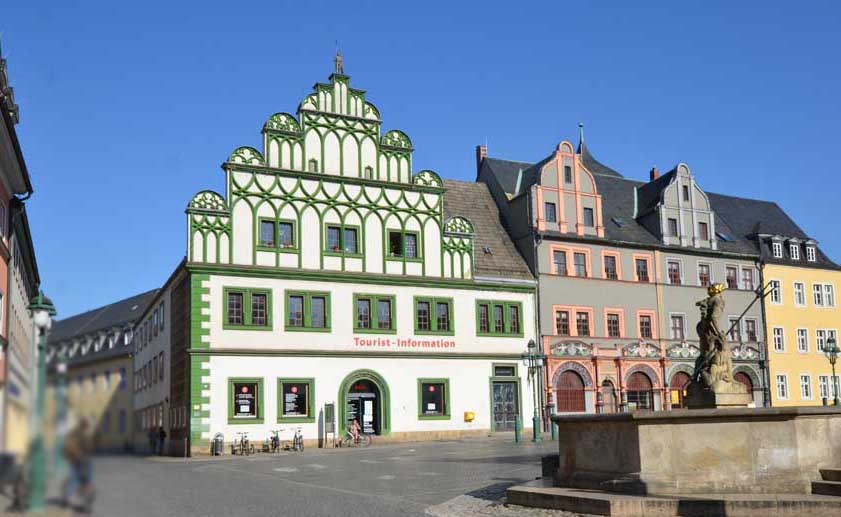
-
Marktplatz, J. S. Bach

-
Marktplatz, Rathaus, Cranachhaus
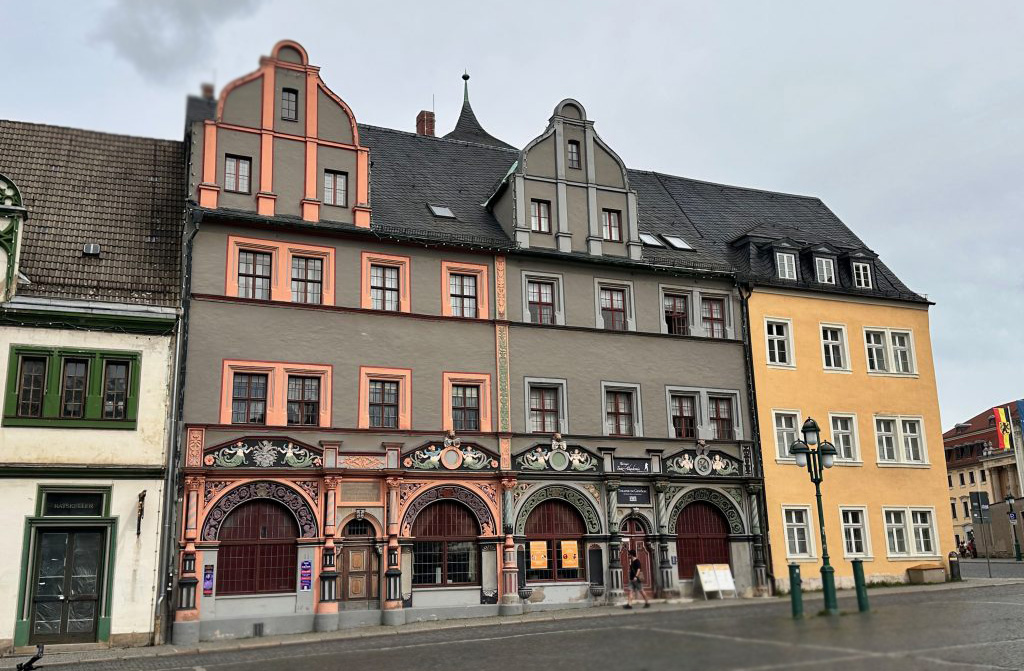
-
Marstall

-
Modernes Weimar: Neues Bauen am Horn
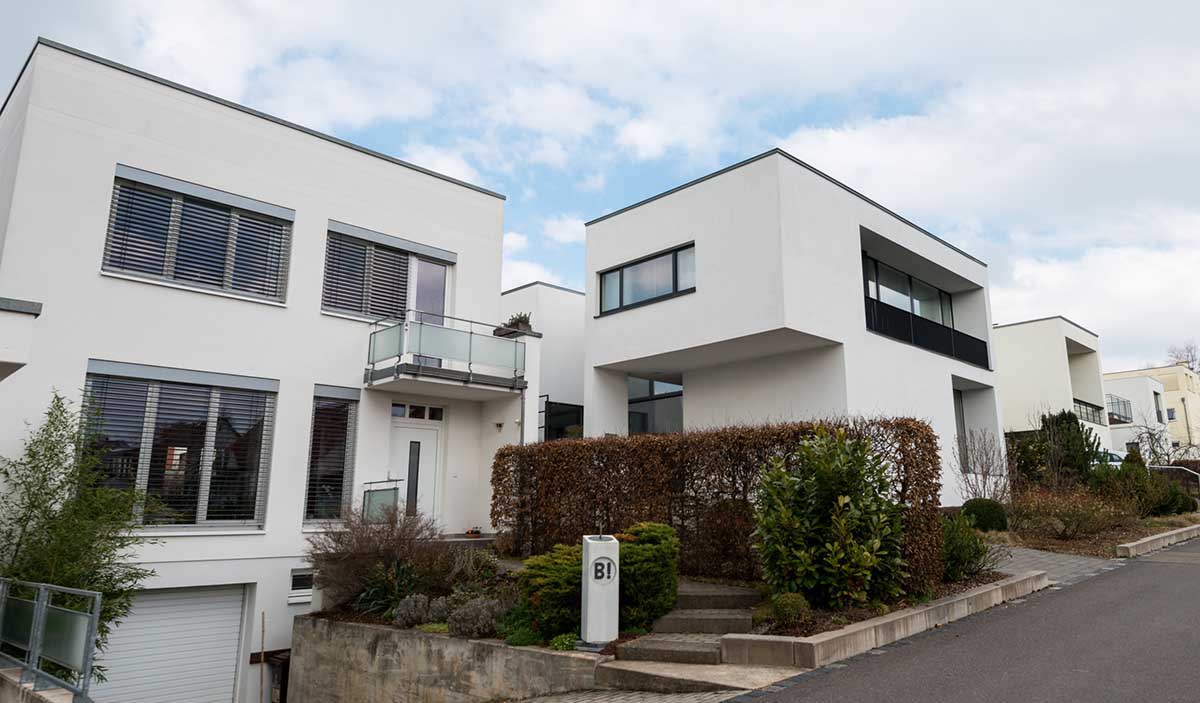
-
Neue Weimarhalle
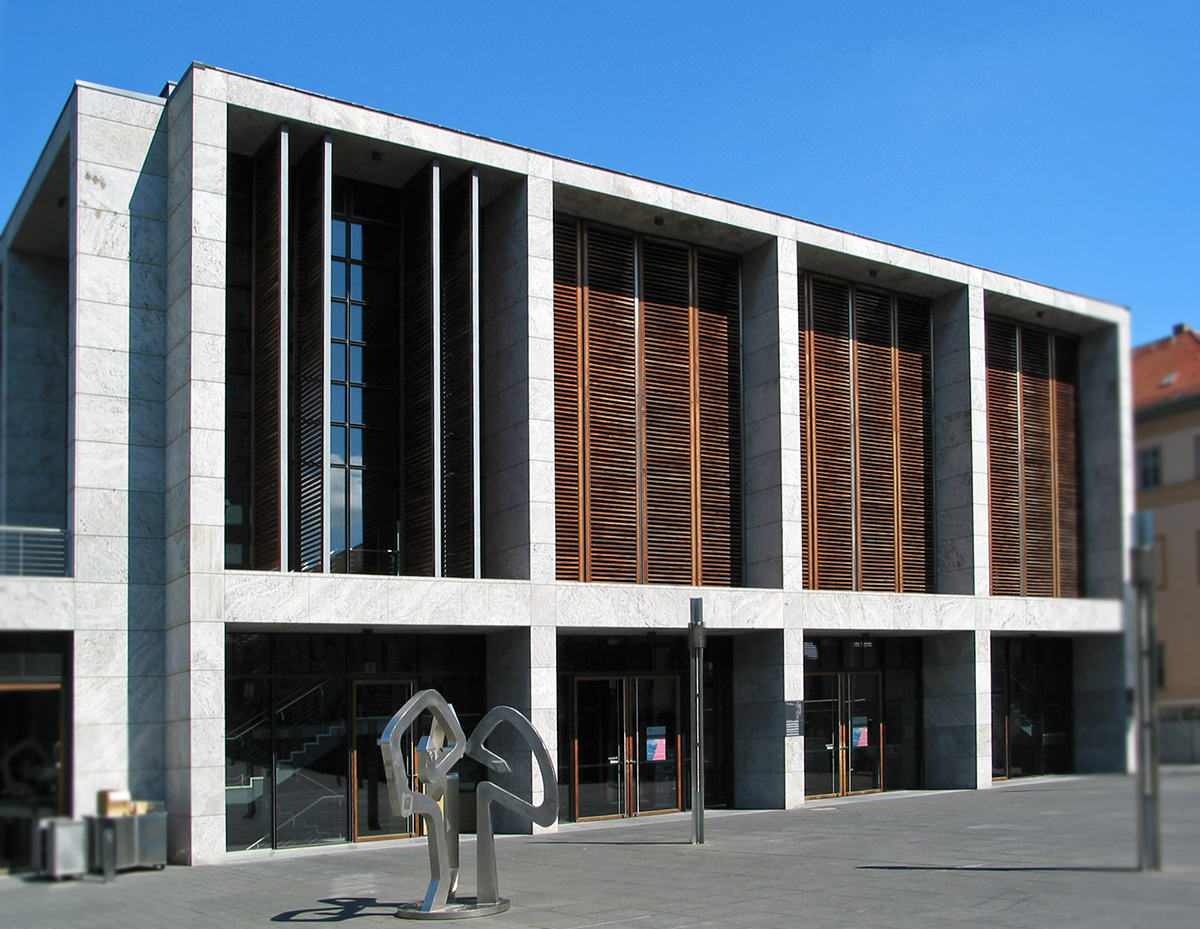
-
Neues Museum

-
Parkhöhle

-
Platz der Demokratie (Fürstenplatz)

-
Platz der Demokratie, Anna Amalia Bibliothek
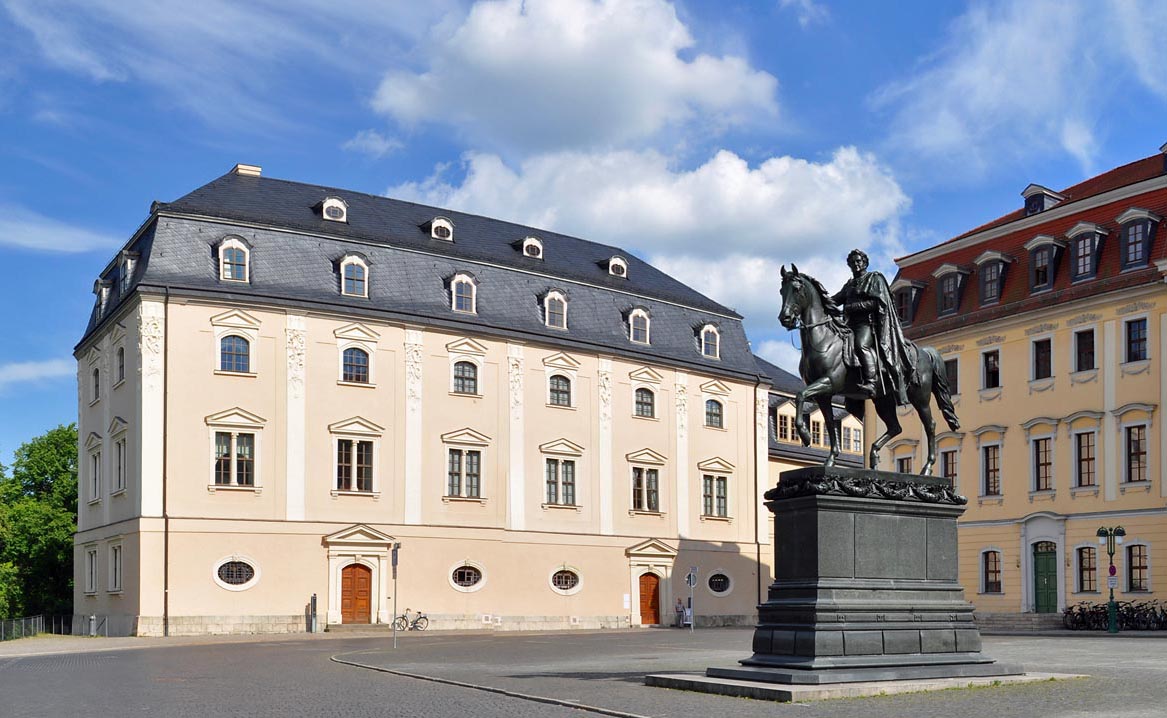
-
Rathaus
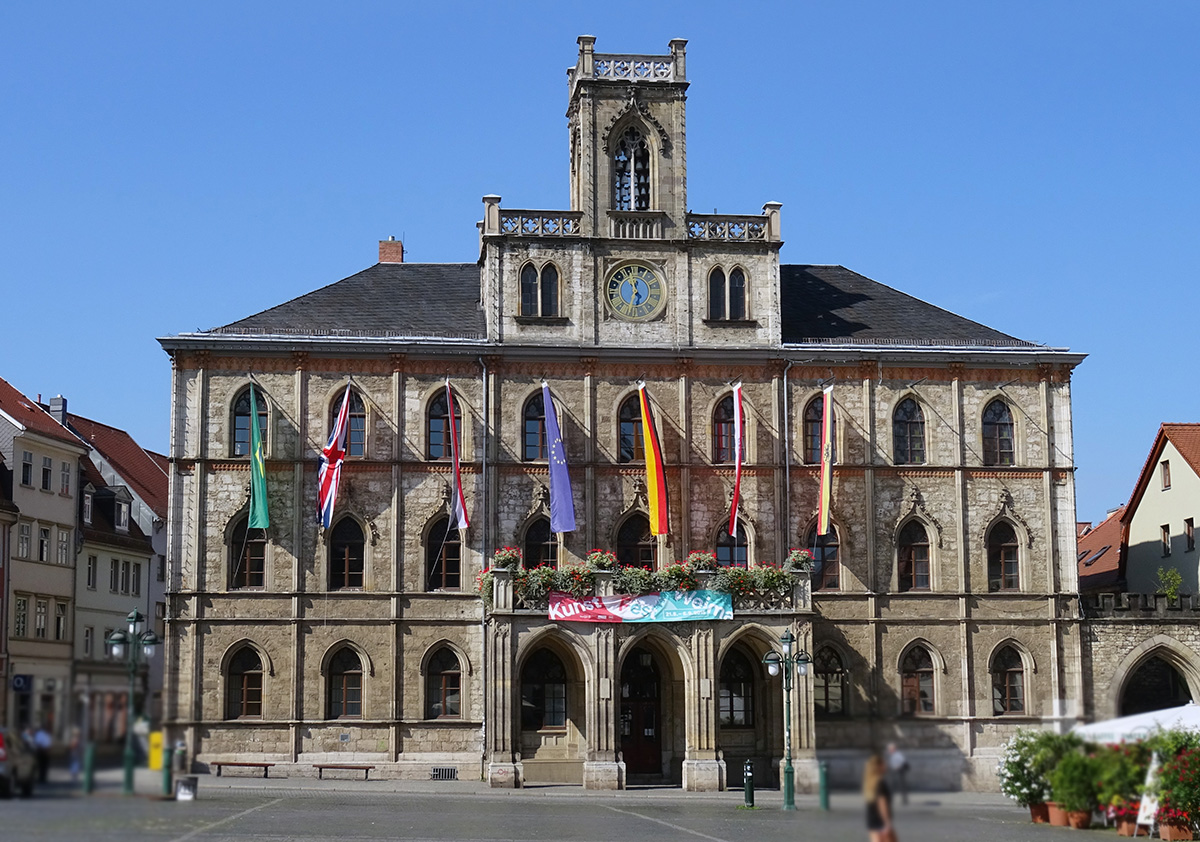
-
Reiterstandbild Carl August

-
Römisches Haus (Carl August)

-
Schloss Belvedere

-
Stadtmuseum
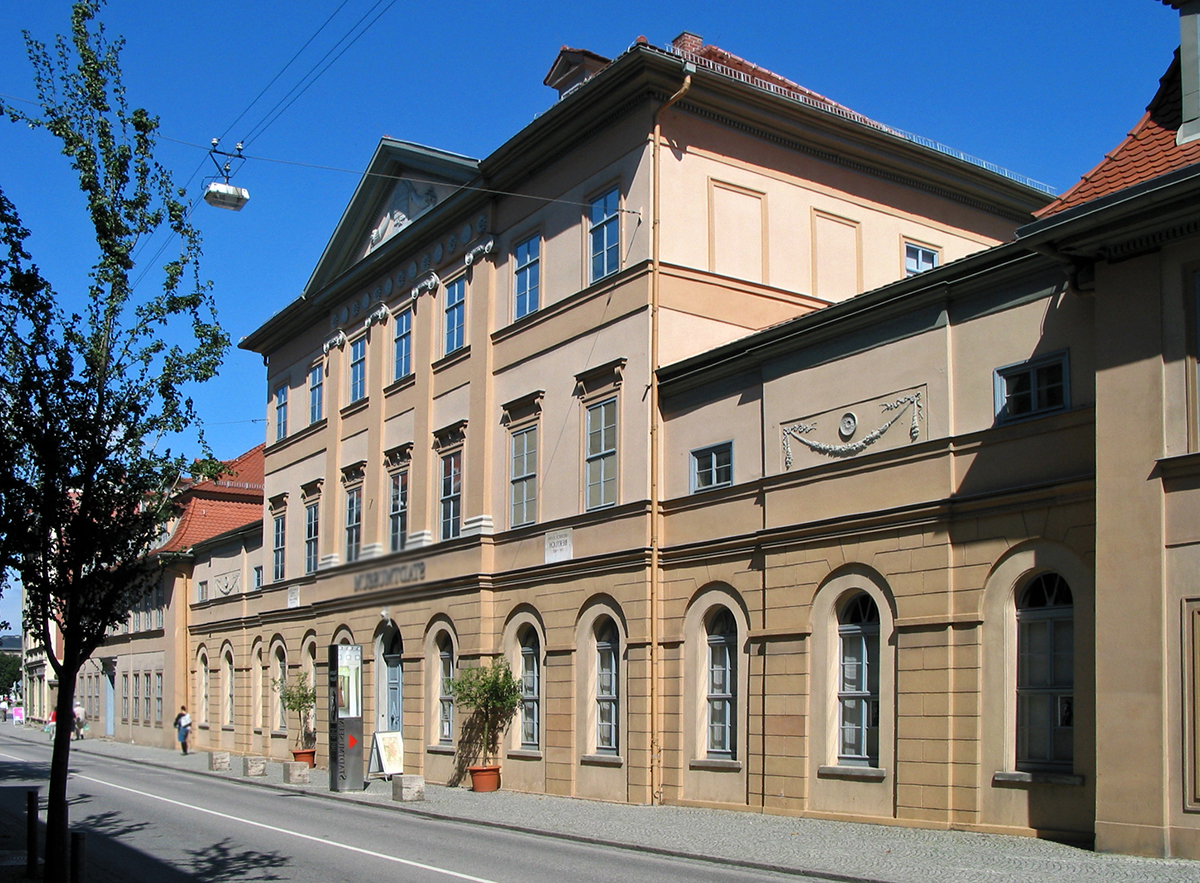
-
Stadtschloss
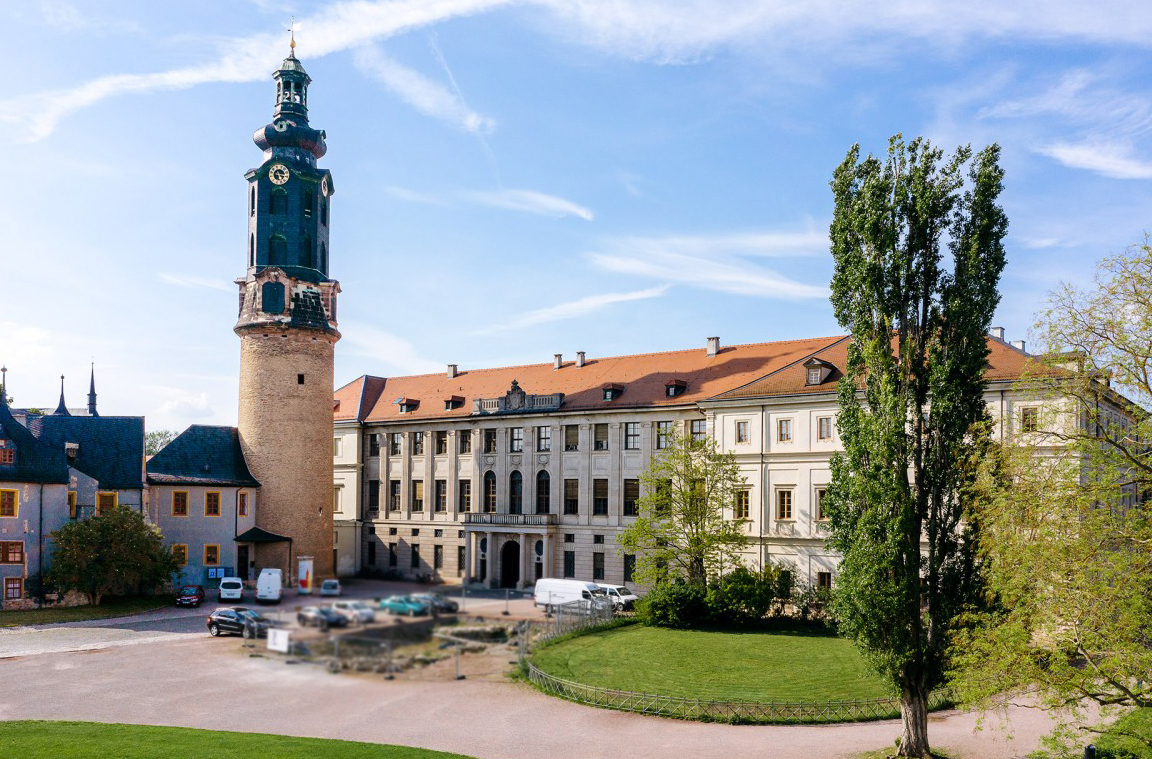
-
Standort Neues Bauhausmuseum

-
Villa Altenburg
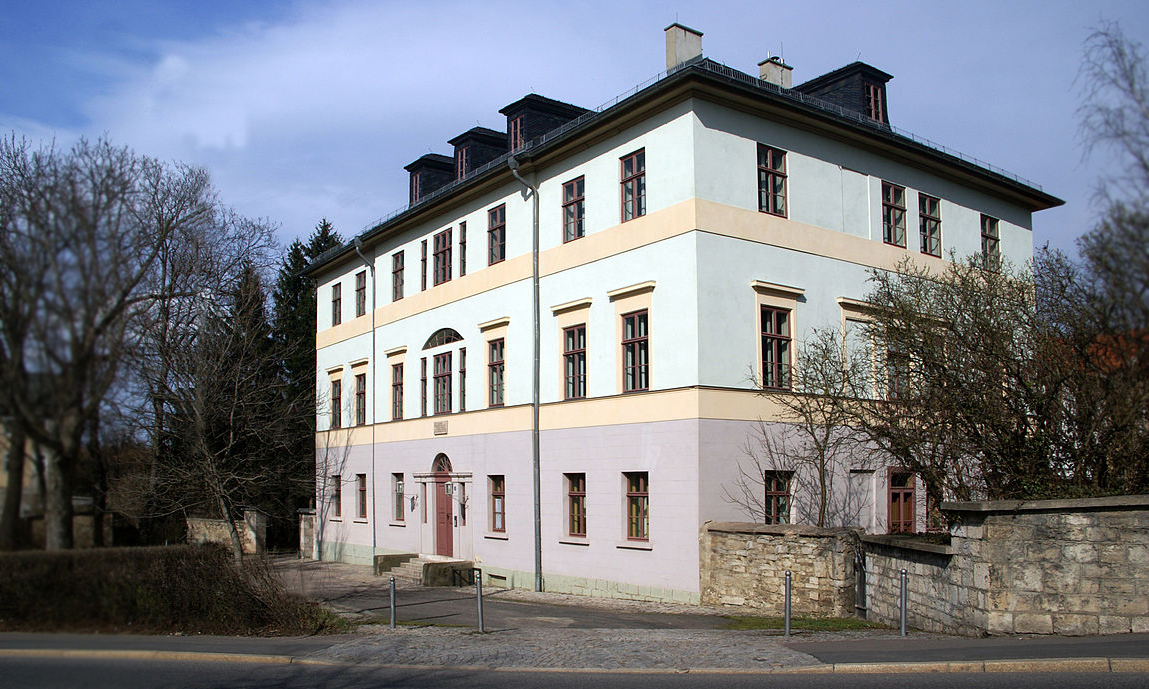
-
Welscher Garten
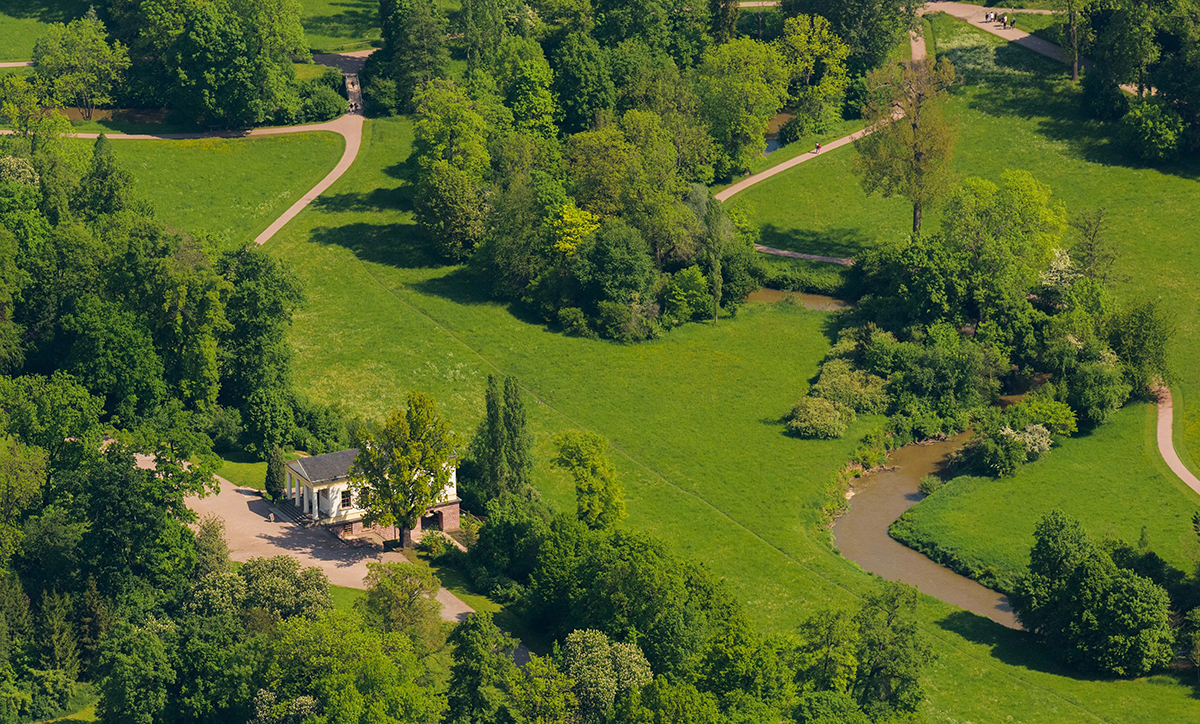
-
Wielanddenkmal
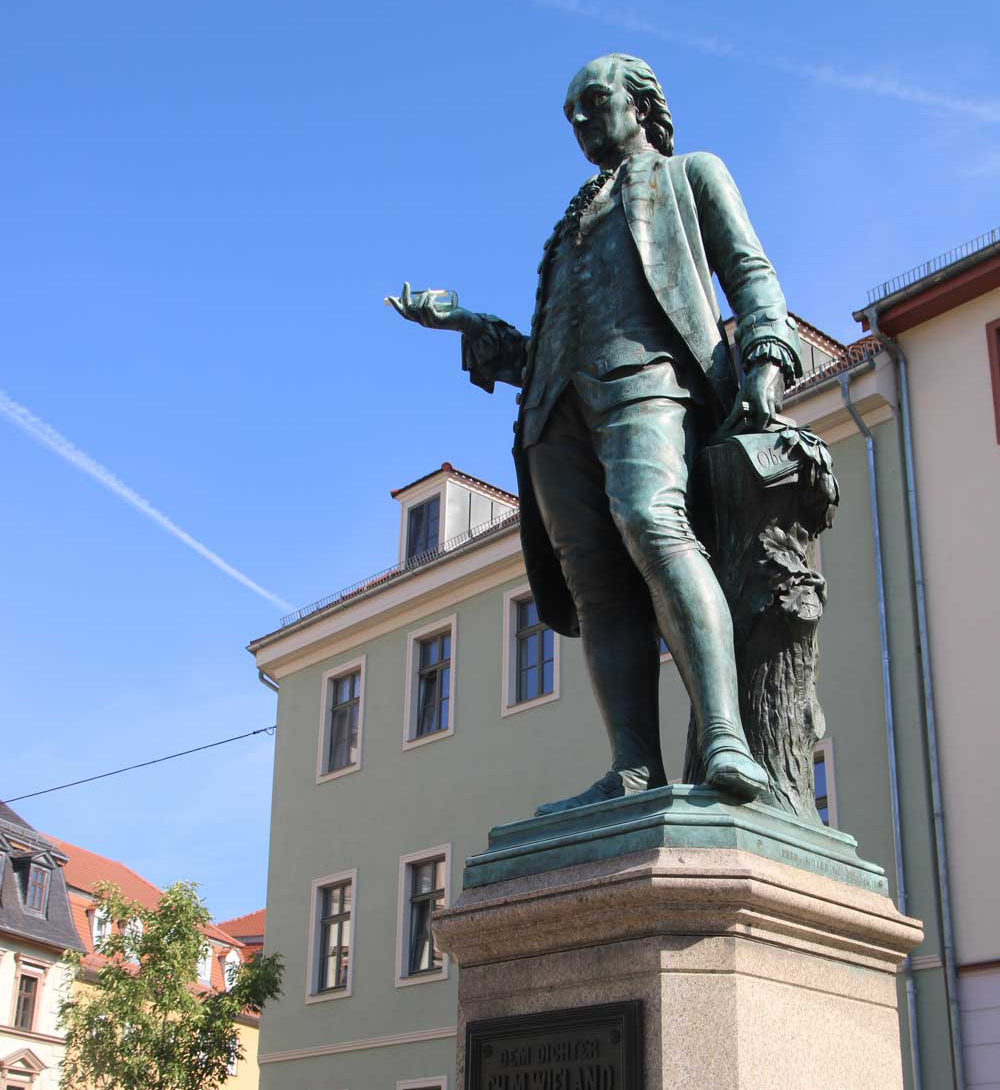
-
Wittumspalais
